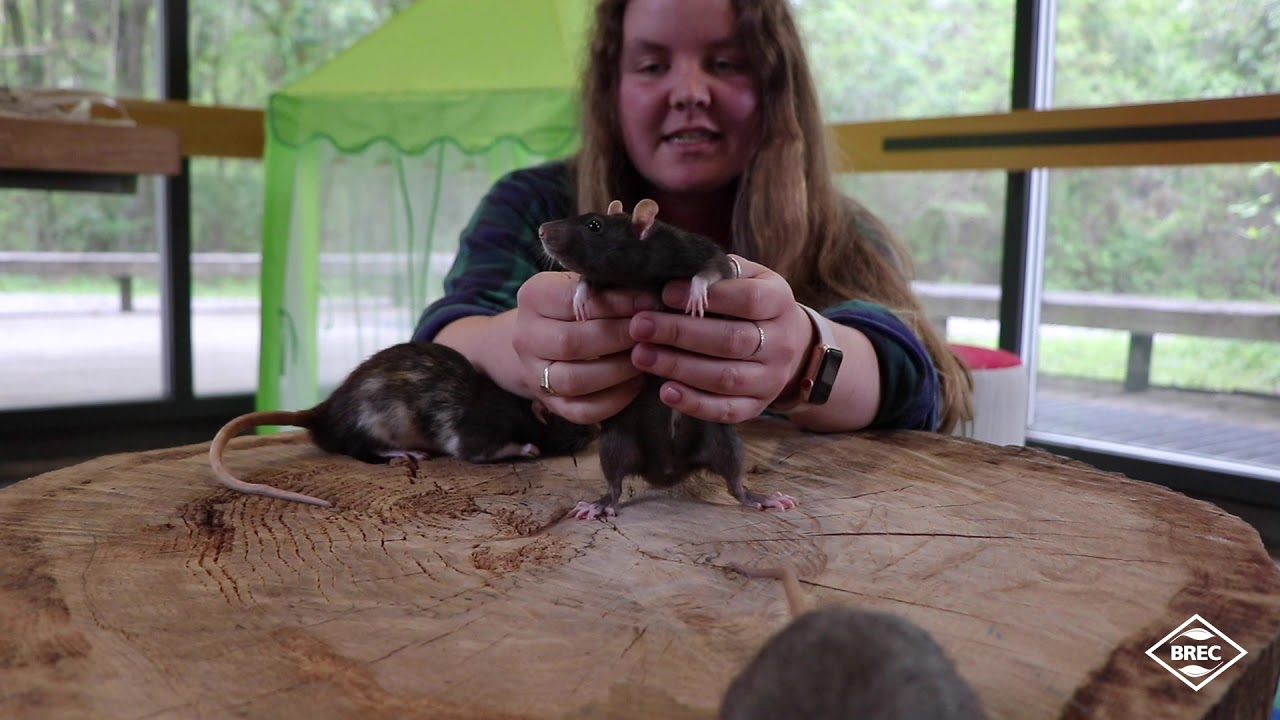– The biology and behavior of Norway rats
– The role of animal encounters like those at Bluebonnet Swamp Nature Center in public education
– The impact of Norway rats on ecosystems and biodiversity
– Strategies for wildlife conservation and the management of invasive species
Norway rats (Rattus norvegicus) are a prime example of a species that, despite their commonality and often negative public perception, plays a significant role in our understanding of ecology, invasive species management, and wildlife conservation. The REFRESH—Animal Encounters at Bluebonnet Swamp Nature Center provides an opportunity to explore these topics through direct engagement with Norway rats. This encounter is not just an educational experience but a critical step in altering public understanding and attitudes towards wildlife, especially species considered pests or invasive.
Norway rats, often referred to as brown rats, are distinguished by their robust size, reaching lengths up to 10 inches (25 cm) with an additional 8 inches (20 cm) of tail and weights averaging around 11 ounces (300-500 grams). As nocturnal creatures, they have developed keen senses, particularly hearing and smell, which aids in their survival and ability to locate food in the dark. Their prolific nature is well-noted, with females capable of producing five litters a year, each containing up to fourteen young. This rapid reproduction rate and a lack of natural predators in urban areas facilitate their success in virtually any environment.
The REFRESH – Animal Encounters initiative at Bluebonnet Swamp Nature Center exemplifies the critical role such experiences play in illuminating the fascinating lives of creatures like the Norway rat. By providing firsthand experience with these animals in a controlled setting, these encounters foster a greater appreciation and understanding of rats’ ecological roles. Moreover, they serve as a potent reminder of the importance of empathy and respect for all species, irrespective of their reputation.
While often vilified for their association with disease and property damage, Norway rats have a complex impact on ecosystems and biodiversity. In their native ranges, they are an integral part of the ecosystem, serving as both predator and prey. However, in non-native environments, they can become invasive, outcompeting local species for resources and threatening native wildlife. The spread of Norway rats globally, largely attributed to human activity, underscores the interconnectedness of human and wildlife habitats and the profound impact humans can have on biodiversity.
Wildlife conservation efforts and managing invasive species like the Norway rat necessitate a multifaceted approach. This includes habitat restoration, public education, and, sometimes, humanely controlling invasive populations to protect native species. The REFRESH – Animal Encounters contribute significantly to these efforts by educating the public about the importance of coexistence with wildlife and the complexities of managing ecosystems to support biodiversity.
Effective management strategies for species like Norway rats highlight the delicate balance required in wildlife conservation. These strategies often involve targeted population control measures, habitat modification to discourage colonization, and public education campaigns to reduce human-wildlife conflict. In urban areas, this may include securing food sources and reducing shelter opportunities to make environments less appealing to rats. At the same time, conservationists work to rehabilitate ecosystems that have been compromised by invasive species, aiming to restore balance and support the resurgence of native species.
Through educational initiatives like those offered at Bluebonnet Swamp Nature Center, society can better appreciate the challenges and strategies involved in wildlife conservation and species management, like Norway rats. These programs leverage the curiosity aroused by direct animal encounters to impart crucial lessons about ecology, conservation, and humans’ shared responsibility in fostering sustainable coexistence with all species. The goal remains clear through such engagements: to inspire action and change in how humans interact with and impact their natural surroundings, ensuring healthier ecosystems for future generations.
*****
Source Description
You may think rats are scary when you see them but not the rats at Bluebonnet Swamp Nature Center! BSNC Educator Sarah introduces us to 3 brothers currently living at the swamp who are friendly and sweet. And they prefer climbing for exercise rather than running on a wheel!


